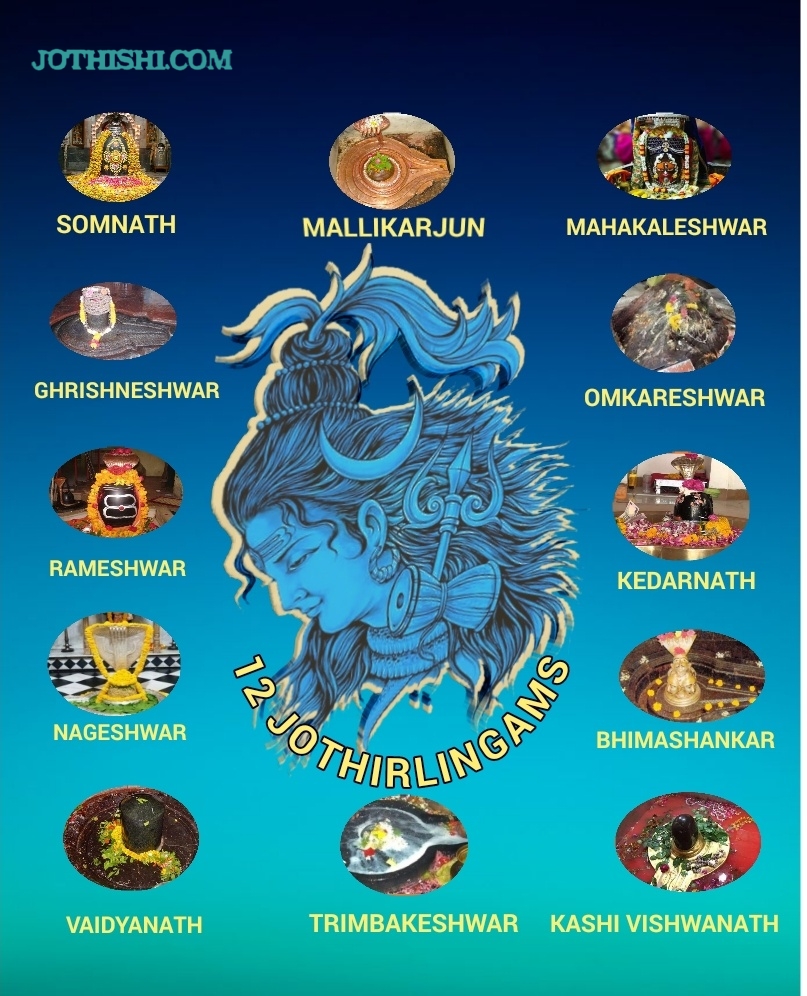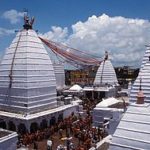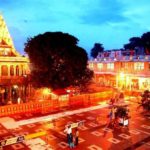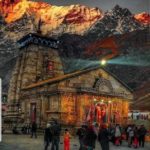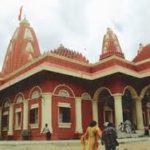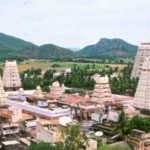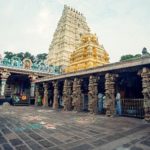The Significance of Jyotirlingas in Hinduism
Jyoti means Light or Radiance and Linga represents the sign of Lord Shiva. Jyotirlinga indicates the “Radiance and divine representation of Lord Shiva”. The jyotirlinga shrines are temples where Shiva appeared as a divine and fierce light.
According to the Shiva Mahapurana, Lord Shiva appeared as a radiant light to settle the argument over the Supremacy of creation. He pierced the three worlds appearing as an infinite pillar of Light, currently known as jyotirlinga, This represents the energy combination of Shiv and Shakti and known the cause of the creation.
Shiva, the third among the holy trinity in Hinduism is highly venerated by Hindus all over the world. Worshipped as a Shivlinga, Lord Shiva is considered to bless his real devotees with salvation. It is believed that there are sixty-four Jyotirlingas and the twelve Jyotirlingas among them are regarded as the holiest of all shrines dedicated to Shiva.
In Hindu mythology, it is widely believed that any person who does the divine darshan of all these Jyotirlingas will be freed from the continuous cycle of life and death. The details of the 12 Jyotirlingas is given below.
Shlokha for Jyotirlingas
Highlighting the place and the Jyotirlinga:
Saurashtre Somanathamcha Srisaile Mallikarjunam|
Ujjayinya Mahakalam Omkaramamaleswaram ||
Paralyam Vaidyanathancha Dakinyam Bheema Shankaram |
Setu Bandhethu Ramesam, Nagesam Darukavane||
Varanasyantu Vishwesam Tryambakam Gautameethate|
Himalayetu Kedaaram, Ghrishnesamcha shivaalaye||
Etani jyotirlingani, Saayam Praatah Patennarah|
Sapta Janma Kritam pApam, Smaranena Vinashyati||
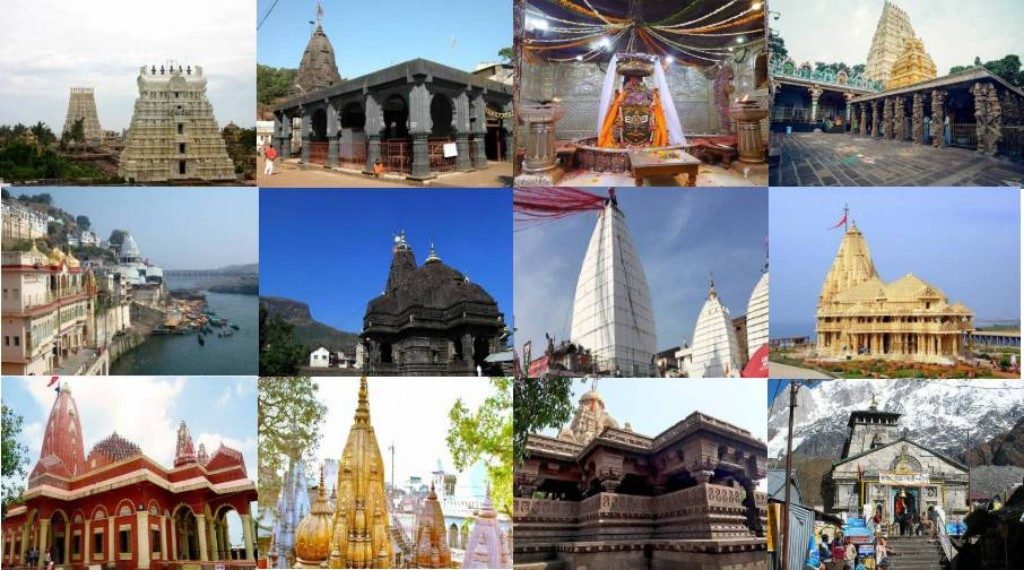
Somnath
Also called Prabhaspattan, it is located close to Veraval in Gujarat. Considered to have been built between AD 320-500, it is believed to be made from pure gold and silver. The temple was destroyed numerous times by Arab and Afghan invaders and also by the Mughal emperor Aurangzeb during different periods of history.
Even after repeated invasions, the significance of this holy place remained intact. After independence, the temple was restored on the orders of Sardar Patel. The Jyotirlinga was installed by the then president Dr. Rajendra Prasad.
Mallikarjun
Constructed in AD 1234 by the Hoysala ruler Vira Narsimha, this temple is located on the Shrisailam hill in Andhra Pradesh. A fine specimen of the Dravidian style of architecture, the wall sculptures and carvings of the temple depict scenes from Ramayana and Mahabharata.
Mahakaleshwar
Located in Ujjain, on the banks of the Kshipra river, this temple apart from being home to a Jyotirlinga is one of the ‘tantra temples’ in the country. Its major highlight is the ‘Bhashm-Aarti’, which is the first ritual to be performed in the morning during which the Shivlinga is bathed using ash collected from a fresh funeral pyre.
Omkareshwar
This temple is situated on the banks of Narmada, on an island named Mandhata in Madhya Pradesh. This island is believed to be in the shape of ‘Om’. There are many legends associated with this Jyotirlinga. According to one of these legends, Mandhata with his two sons conducted penance. Impressed with their devotion, Lord Shiva appeared in the form of a Jyotirlinga.
Kedarnath
Located in the Himalayas, this temple is the highest among all the Jyotirlingas. The temple’s origin is considered to have been during the period of Mahabharata. As per legends, the Pandavas conducted a great penance to please Shiva to absolve their sins after the battle of Kurukshetra.
Pleased with their devotion, Shiva appeared as a triangular Jyotirlinga. The temple was originally constructed by Pandavas and rebuilt in the eighth century by Adi Shankaracharya.
Bhimshankar
This temple is located in the village of Bhorgiri in the middle of the Sahyadri hills near Pune, Maharashtra. As per Hindu Puranas, Shiva took the form of Rudra to kill a demon named Tripurasura who was destroying the three loks-heaven, hell and nether world. After killing Tripurasura, Shiva sat down on the Sahyadri hills for some rest. It was during this time that his sweat started to flow and turned into the Bhima river. After being requested by the gods, Shiva stayed here in the form of Jyotirlinga.
Vishweshwar
The temple was originally constructed in the 11th century and was plundered numerous times by foreign invaders. The existing temple was renovated by Rani Ahilya Bai Holkar in 1780. It’s towers are gold plated and has a golden chhatra on the top.
Trimbakeshwar
Located in Trimbak, a small town close to Nashik in Maharashtra, the temple was constructed in the 18th century by Peshwa Balaji Bajirao. Constructed from black stone, the temple is a perfect example of the Nagara style of architecture. Its inner sanctum houses the Jyotirlinga.
Vaidyanath
This temple is situated in Deoghar, Jharkhand. According to legends, Ravana sacrificed his ten heads to please Shiva. Shiva joined the heads back, acting as a Vaidya (doctor) here. So the place is known as Vaidyanath.
Nageshwar
Located closed to Dwarka in Gujarat, the Nageshwar Mahadev temple is home to one of the twelve Jyotirlingas. According to Shiva Purana, a demon called Daruka was blessed by the goddess Parvati, the wife of Shiva. Daruka misused her blessing and terrorised the local people and imprisoned them.
On the advice of Supriya, a devotee of Shiva the people started chanting the Shiva mantra to save themselves from the demon. Daruka was enraged and rushed to kill Supriya. Suddenly, Shiva appeared in the form of a Jyotirlinga and protected her along with other devotees. Since then the Jyotirlinga is worshipped here.
Rameshwaram
The Ramantahaswamy temple houses the Jyotirlinga of Shiva. According to Hindu mythology, while returning from Lanka after killing Ravana, Rama wanted to wash off his sins by praying to Shiva. Therefore, he sent Hanuman to bring the biggest lingam from the Himalayas. Since Hanuman took very long to come back with the lingam, Sita created a Shivlinga from sand here.
Ghrishneshwar
Situated in Verul village near Aurangabad, Maharashtra this temple was built in the 18th century. As per Shiv Purana, Shiva was pleased with the devotion of a woman named Ghushma. He appeared to bless her with a son who was murdered by her own sister. On Ghushma’s request, Shiva resides here eternally as Grishneshwar Jyotirlinga.




